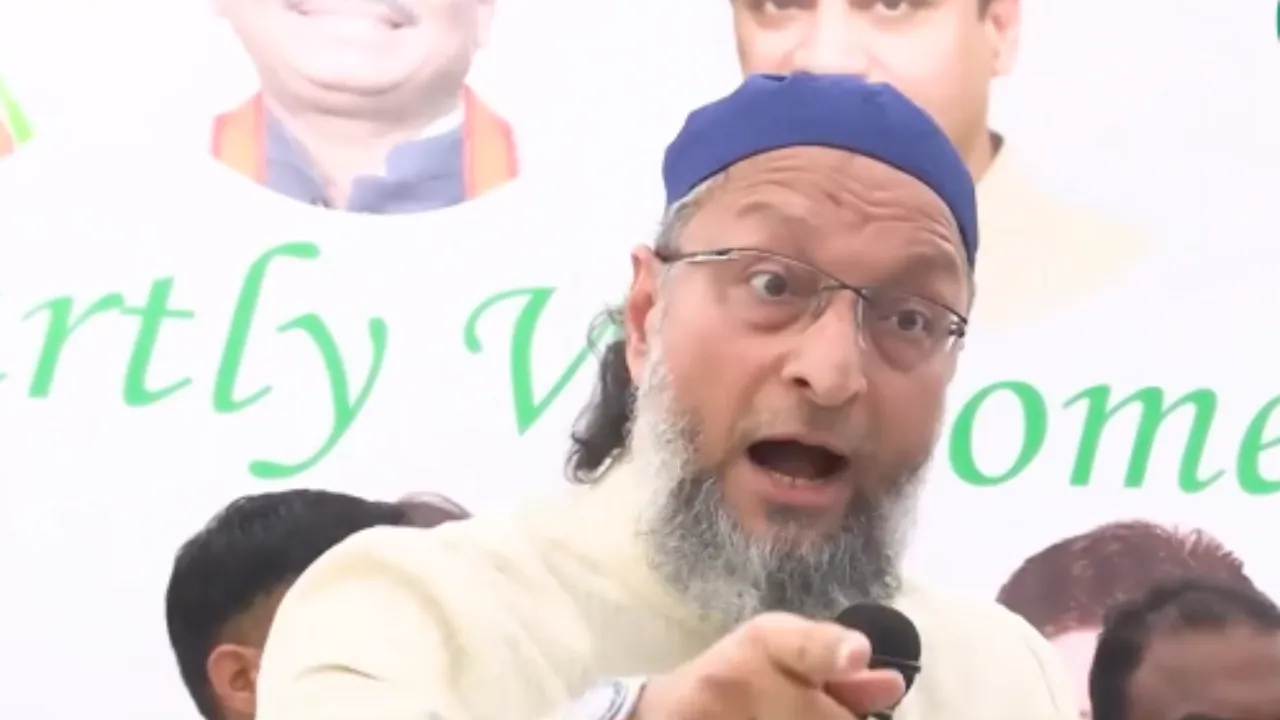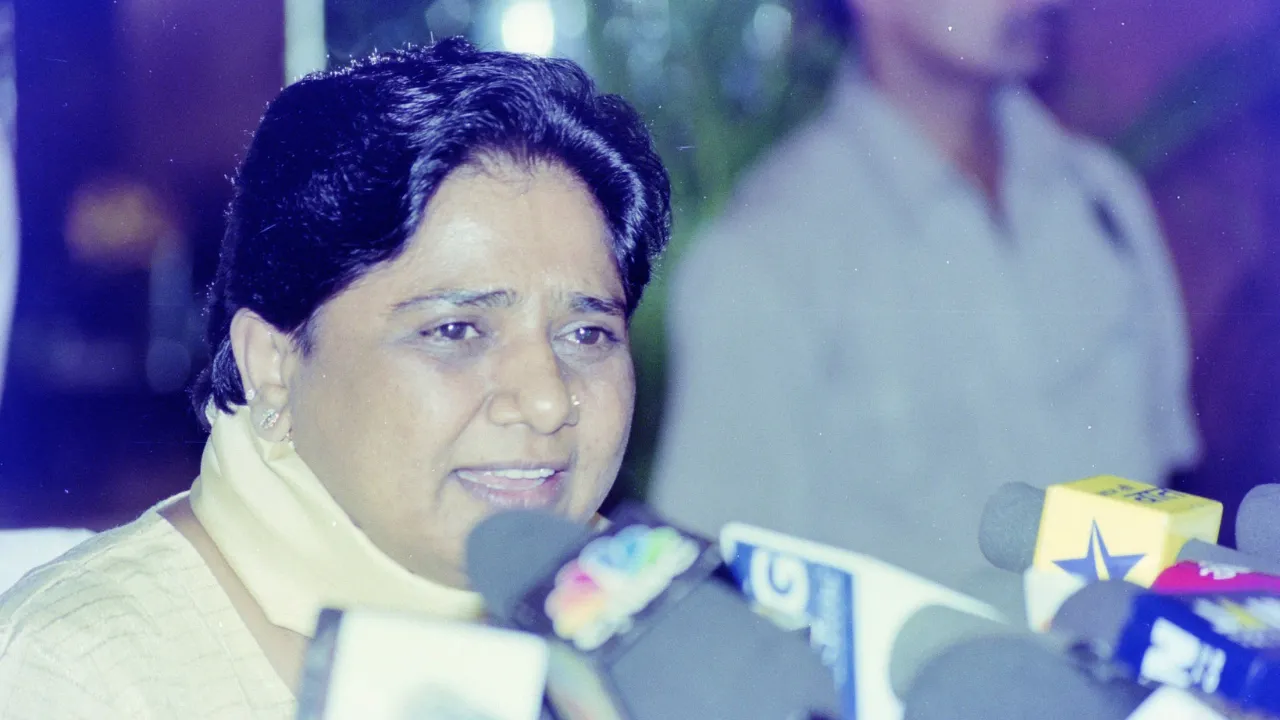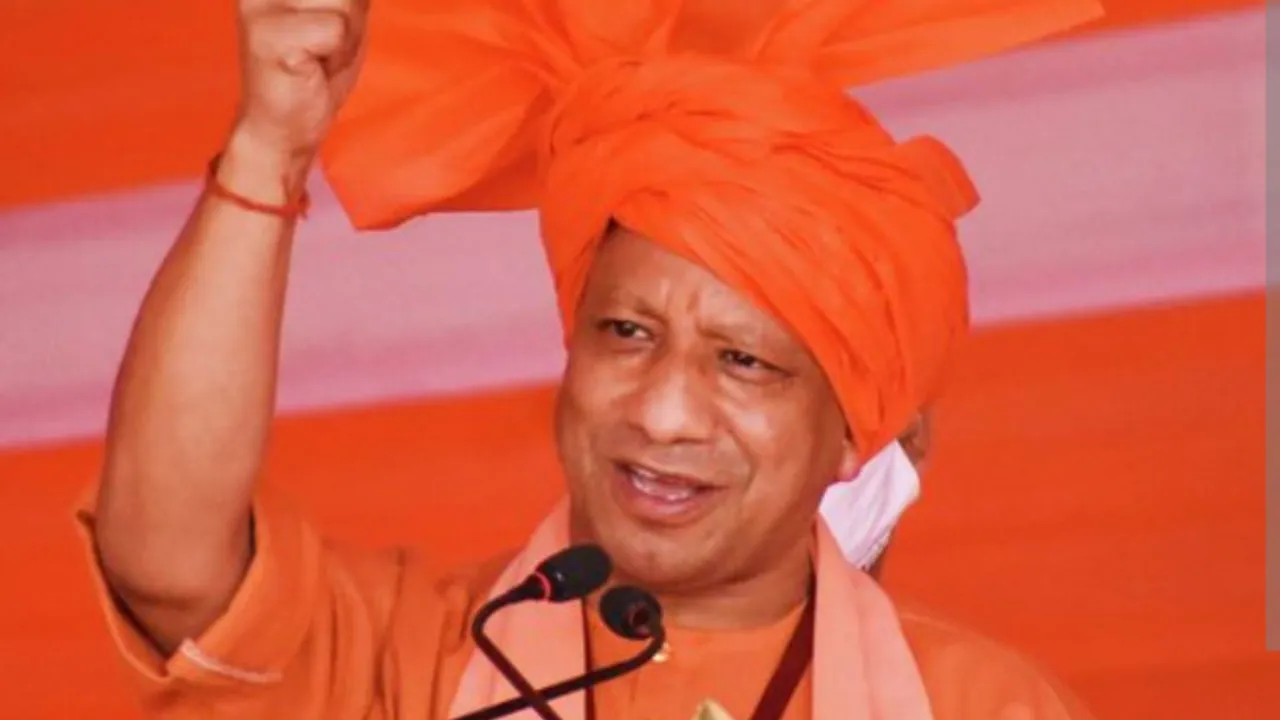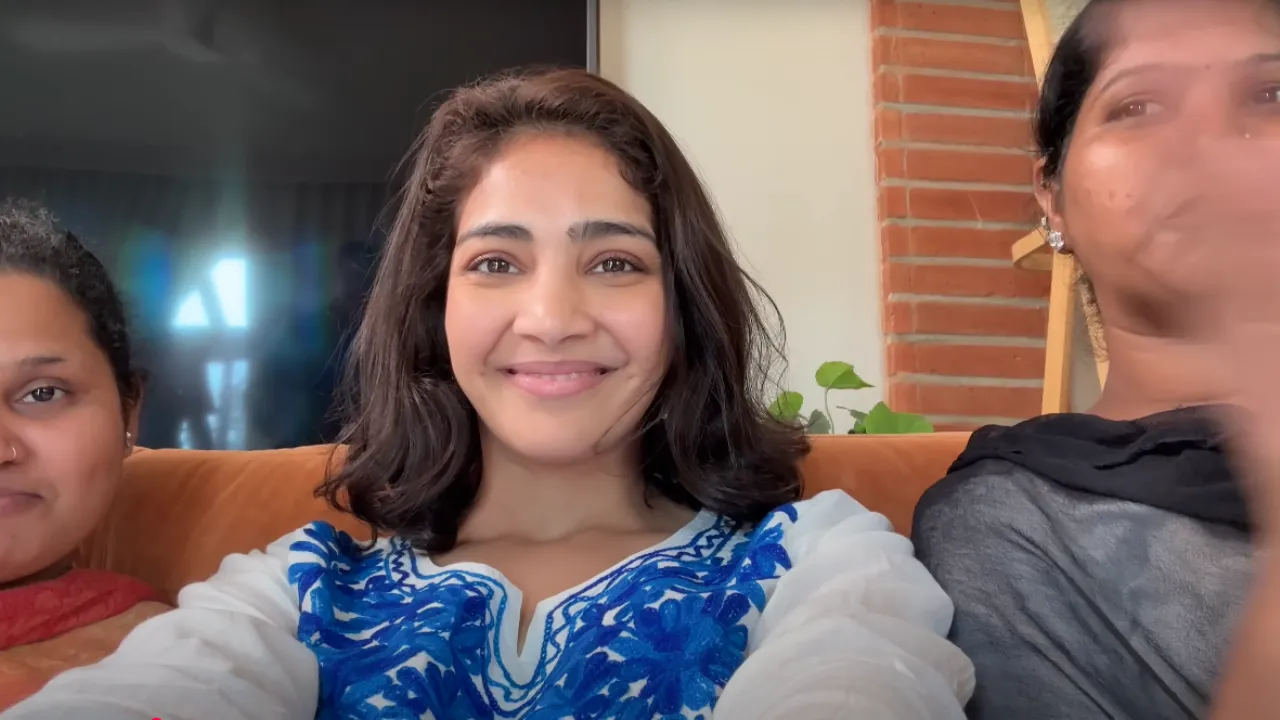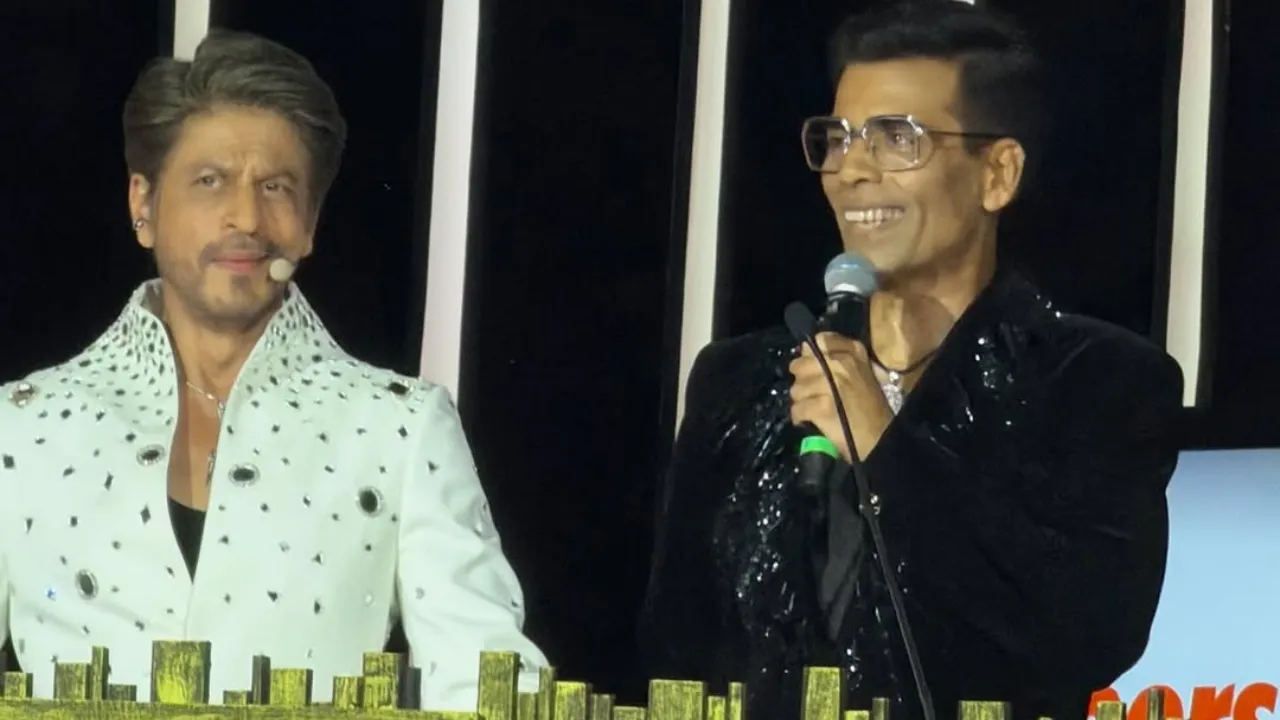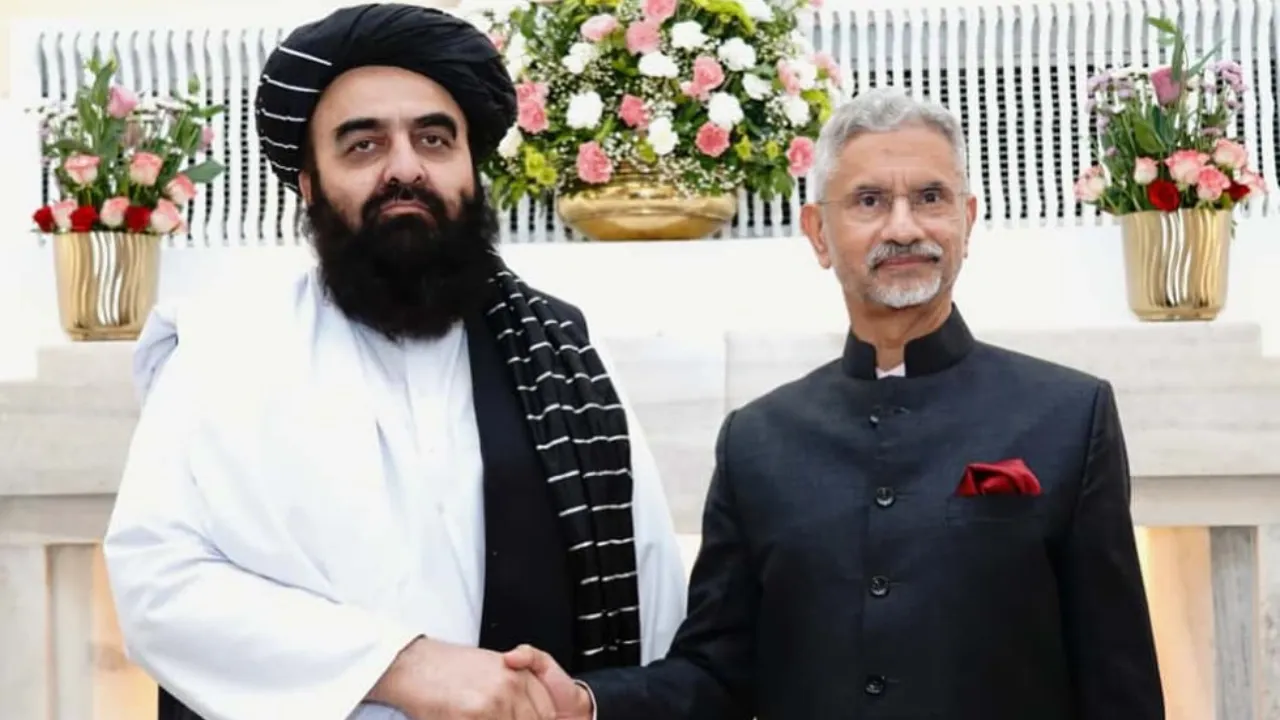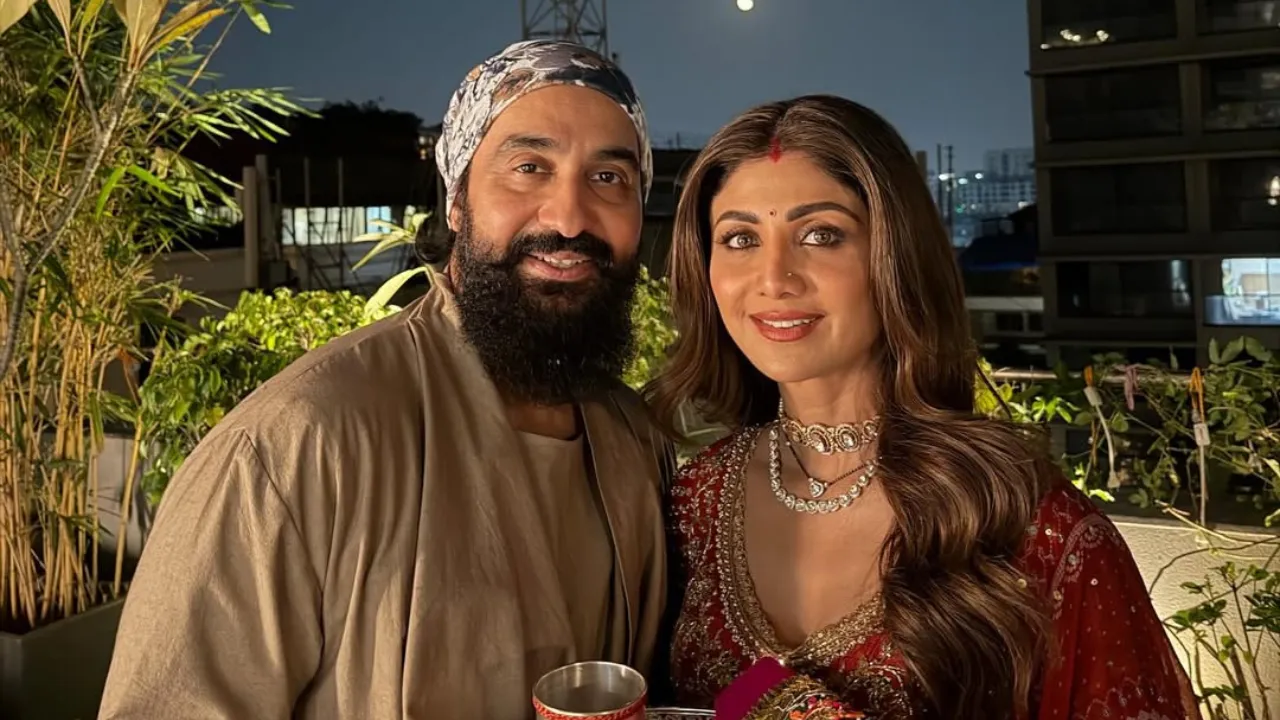Asaduddin Owaisi fumes over Bareilly unrest: “Can say ‘I love Modi’ but not ‘I love Muhammad’ in India”
The recent unrest in Bareilly over the “I Love Muhammad” slogan has triggered intense debate across political and religious spheres. Among the most vocal responses came from Asaduddin Owaisi, who sharply criticised what he sees as a double standard in India’s handling of religious expression — “You can say ‘I love Modi’, but not ‘I love Muhammad’.”
In this article, we examine what led to the Bareilly protests, Asaduddin Owaisi’s remarks and their implications, the legal, communal, and political dimensions, and what this debate says about religious expression in India today.
Background – What sparked the Bareilly unrest?
Roots of the “I Love Muhammad” controversy
The trouble began when boards and posters saying “I Love Muhammad” were displayed during a Barawafat procession. Some Hindu groups protested, claiming it was provocative, and an FIR was lodged in Kanpur on September 9 over those posters. The matter escalated when Maulana Tauqeer Raza Khan, head of the Ittehad-e-Millat Council (IMC) in Bareilly, called for a protest in his city. On September 26, after Friday prayers, around 2,000 people gathered near a mosque in Bareilly’s Kotwali area. Stone-pelting, clashes, and police action followed. Authorities responded with lathi charges, arrests, and suspension of internet services across Bareilly division. Around 81 people have been arrested till now.
Tense climate: festivals, security, and the internet blackout
The unrest coincided with Dussehra and heightened communal sensitivities. To contain possible escalation, the government suspended internet, mobile data, SMS, and broadband services for 48 hours in Bareilly division. Police and paramilitary forces (PAC, RAF) were deployed in strength. Drones were flown over sensitive localities. Meanwhile, demolition drives have been announced for allegedly illegal properties tied to protestors. The tense environment, coupled with protests and political statements, has ensured the issue remains at the forefront of national debate.
Asaduddin Owaisi’s response – “Love is not anti-national”
Key statements by Owaisi
During a speech in Hyderabad, Asaduddin Owaisi questioned the moral and political logic of rejecting “I love Muhammad” while tolerating “I love Modi.” He said: “In this country, one can say ‘I love Modi’, but not ‘I love Mohammad’. Where are you taking this nation?” He further challenged the authorities’ reaction: “If someone says ‘I love Modi’, the media becomes happy. If someone says ‘I love Mohammad’, that is objected to.”
He reminded people that as a Muslim, he holds deep love for Prophet Muhammad, and argued that installing his posters must be met with respect, not suppression. In his defense, Asaduddin Owaisi also insisted that the unrest should not be justified, and that law and order must be respected. He urged protestors not to take matters into their own hands.
Constitutional and political angle
Asaduddin Owaisi has invoked Article 25 (freedom of religion) to defend the right to express devotion to religious figures. He has also accused the BJP and RSS of trying to impose a singular religious identity across India. In earlier remarks on the Kanpur poster row, Owaisi had asked: “If there is an ‘I Love Mahadev’ group, then what is the problem? If the word is ‘love’, then why object?” For Owaisi, this is not just a local dispute — it’s a test case about pluralism, minorities’ rights, and India’s secular commitment.
Implications and challenges of the debate
Freedom vs. public order
The central tension lies in freedom of expression and religious sentiment versus public order and communal harmony. Authorities argue that in a volatile context, religious slogans or posters can inflame passions and lead to violence — hence the crackdown and preventive measures. But critics, like Owaisi, contend that rejecting peaceful religious expression sends a chilling message to minorities: that public devotion is permitted only for certain figures or faiths.
Media, perception and hit to credibility
A key part of Owaisi’s critique is how the media treats religious expression. He claims that coverage and tone shift depending on who is being praised. His observation — that “I love Modi” is accepted but “I love Muhammad” is frowned upon — is meant to expose bias in coverage, public opinion, and the administrative response. This framing forces a wider question: Who gets to define what is respectful or provocative?
Legal accountability and state neutrality
Owaisi also pointed to policing, alleging that law enforcement seems accountable more to those in power than to all citizens. If the state is to remain neutral in matters of religion, it must be consistent in applying laws — whether someone praises a political leader or a religious prophet.
Broader context — religious expression in India
Precedents and tension points
This is not the first time religious slogans or symbols became flashpoints. India’s history is full of controversies: processions, loudspeakers, posters related to religious figures often trigger objections or legal interventions. The Uniform Civil Code, religious conversions, love jihad, and cow slaughter bans are recurring battlegrounds in reconciliation between faith and law. Minority communities often raise concerns about unequal treatment, especially when expressing devotion in public spaces.
Symbolism and identity politics
Beyond law, the slogan “I Love Muhammad” is symbolic — a proclamation of identity. For many Muslims, loving the Prophet is intrinsic to faith. When that is challenged, it can feel like a denial of dignity. Owaisi’s remarks resonate because they tap into that deeper anxiety: that religious expression for minorities is more policed than celebrated.
What to watch going forward
Court cases, FIRs and legal outcomes
Several FIRs related to the Bareilly unrest are already in courts, and pleas have been filed challenging the arrests and actions. The outcomes may set a precedent for how similar cases are handled in other states.
Political fallout ahead of elections
The unrest and Owaisi’s comments are likely to be woven into larger narratives around upcoming Uttar Pradesh elections and national politics. Communal polarization tends to intensify when stakes are high, and leaders will likely seize on this.
Media framing and public discourse
How media outlets cover both the original protest and Owaisi’s responses will matter. Will they treat this as minority grievance, free speech issue, or security challenge? That framing may shift public perception.
State handling and policy response
The Uttar Pradesh government’s approach — including property demolition, arrests, restrictions — is being closely watched. Whether authorities pursue reconciliation, dialogue, or stricter enforcement will have lasting impact.
Conclusion: What Asaduddin Owaisi’s stance reveals
The Asaduddin Owaisi-led critique in the Bareilly unrest isn’t just a political stunt — it highlights a deeper fault line in India: who gets to publicly express religious devotion, and under what conditions. While authorities insist on maintaining peace and preventing violence, Owaisi argues that the state must treat religious expression with consistency and neutrality — regardless of whose name is being praised.
For India’s democratic fabric, this is more than a slogan battle. It’s a test: can the state ensure that freedom of religion isn’t selective? Or will public devotion be tolerated only when it aligns with popular or majoritarian preferences?
The coming days will show whether courts, governments, and civil society respond to this test with fairness — or whether the Bareilly upset becomes yet another line in the ever-shifting map of religious dissent and suppression in India.
Also Read: OpenAI Adds Teen-Safe Mode to ChatGPT—Here’s How!
